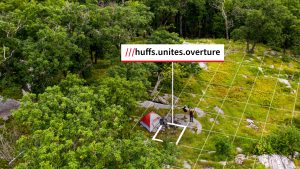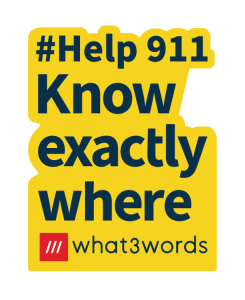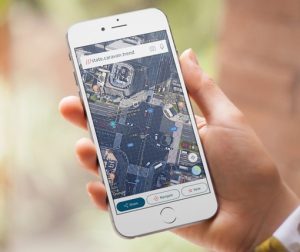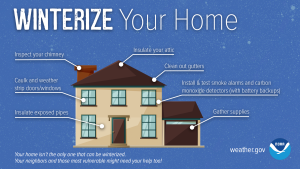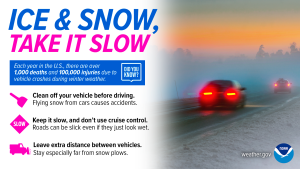Press Release: Regional Telecommunicator Academy Graduates Class #014

The graduating recruits have completed a rigorous four-week program that teaches equipment use, state mandates and regulations, how to handle emergency communications situations such as active shootings, and more. Texas is the only state in the country that requires its 9-1-1 telecommunicators to be licensed alongside peace officers and jailers, and NCT9-1-1 hosts the only 9-1-1 telecommunicator academy in the state. The district welcomes recruits from outside its region to participate and this year includes participants from Irving PD.
“At the academy, we’re not just training people to fill positions,” said NCT9-1-1 Training Coordinator Bret Batchelor. “We’re building a community of resiliency and comradery with our recruits. I want them to walk away with the skills to not only be successful at their new jobs, but to build a lifelong career as a 9-1-1 telecommunicator and to one day pass on their experiences to the next generation of dispatchers.”
The program has graduated recruits from all over Texas and Arkansas since its inception in February of 2016 and continues to grow with classes held twice a year in the winter and summer.
About the North Central Texas Emergency Communications District
The North Central Texas Emergency Communications District (NCT9-1-1) is responsible for 40 plus Emergency Communication Centers (ECCs) in the 13 counties surrounding the Dallas-Fort Worth Metroplex. The district supports these ECCs through maintaining and upgrading 9-1-1 equipment, providing up-to-date mapping information, training 9-1-1 telecommunicators, educating the public on the proper use of 9-1-1, and monitoring ECC functionality and compliances. NCT9-1-1 serves a population of 1.7 million and 10,000+ square miles.



